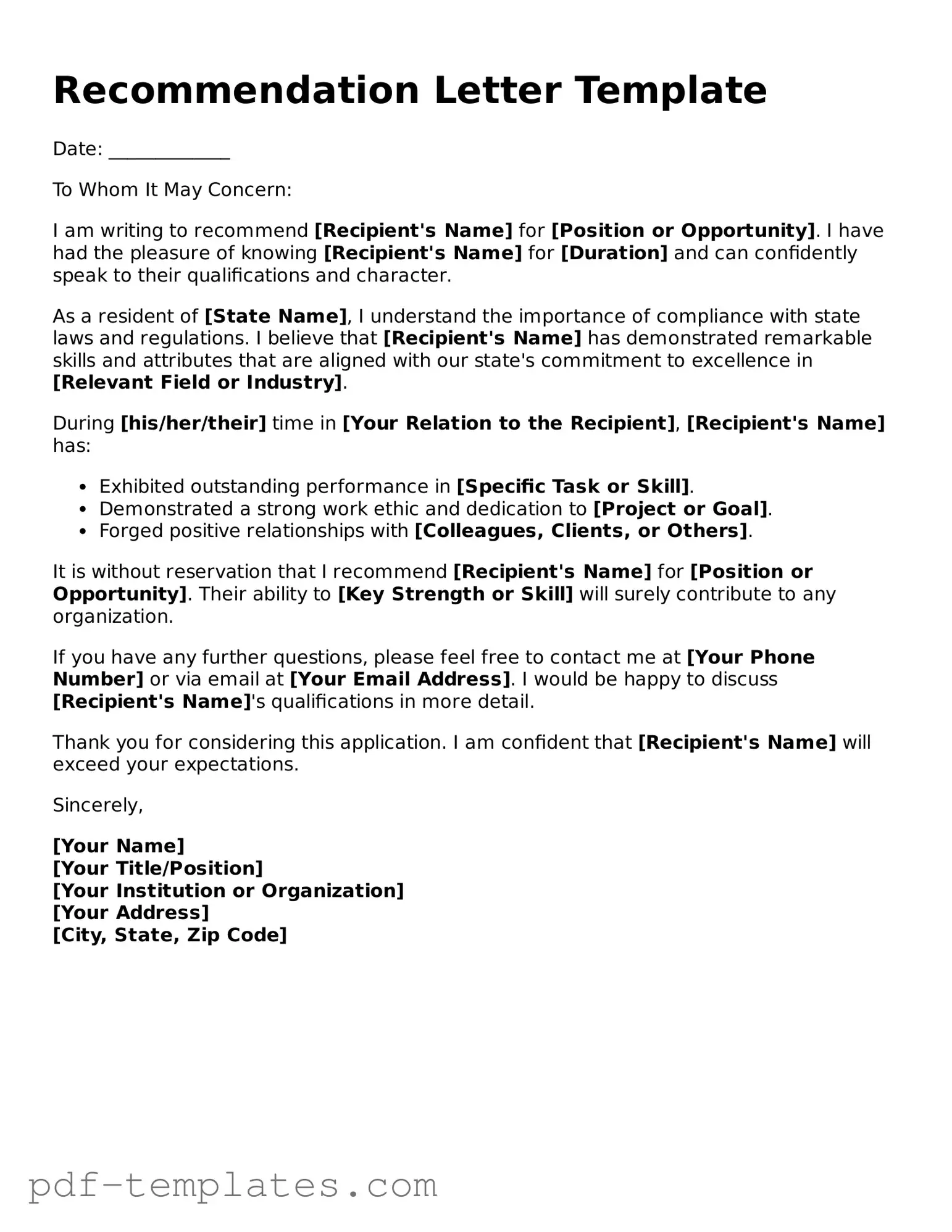A reference letter serves a similar purpose to a recommendation letter. It provides a third-party perspective on an individual's qualifications, character, and skills. Often written by a previous employer or a mentor, a reference letter can help a candidate stand out in a competitive job market. It typically includes specific examples of the individual's achievements and abilities, making it a valuable addition to any application.
A cover letter is another document that shares similarities with a recommendation letter. While a recommendation letter comes from someone else, a cover letter is written by the applicant themselves. It introduces the candidate to potential employers and highlights their relevant experiences and skills. Both documents aim to persuade the reader of the applicant's suitability for a position.
An endorsement letter is closely related to a recommendation letter. This type of letter is often used in professional settings, such as for a promotion or a new job opportunity. It confirms the individual's capabilities and often includes specific endorsements of their work ethic and skills. Endorsement letters can be crucial in helping candidates gain trust from prospective employers.
A testimonial is another document that serves a similar function. Testimonials are typically written by clients or customers who have experienced the services or products provided by an individual or company. Like recommendation letters, they provide validation of the person's skills and can be powerful tools for marketing oneself in a professional context.
An academic reference letter is specifically tailored for students or recent graduates. It is written by a teacher, professor, or academic advisor and focuses on the individual's academic achievements and potential. This type of letter can be particularly important for applications to colleges, graduate schools, or scholarship programs, paralleling the recommendation letter's aim to support a candidate's application.
A performance review can also be likened to a recommendation letter. While performance reviews are typically internal documents, they assess an employee's work over a specific period. They provide feedback on strengths and areas for improvement, which can help in future job applications. The positive comments in a performance review can serve as a form of recommendation when seeking new opportunities.
An application letter often shares similarities with a recommendation letter. This document is submitted as part of a job application and outlines the applicant's qualifications and interest in the position. While it is self-authored, it functions to promote the individual’s skills and experiences, much like a recommendation letter does from an external perspective.
A letter of intent is another document that can be compared to a recommendation letter. It expresses an individual’s intentions to pursue a specific opportunity, such as a job or a partnership. This letter outlines the candidate's goals and reasons for interest, similar to how a recommendation letter highlights why a candidate is suitable for a role.
A personal statement is often required in academic applications and can resemble a recommendation letter in its purpose. This document allows the applicant to share their personal story, motivations, and qualifications. It provides insight into who the candidate is, similar to how a recommendation letter gives a glimpse of the individual from another person's perspective.
Lastly, a letter of support is akin to a recommendation letter in that it endorses an individual for a specific opportunity. This type of letter is often written by a community leader or someone influential in the applicant's field. It emphasizes the individual's contributions and potential, reinforcing the positive attributes highlighted in a recommendation letter.
